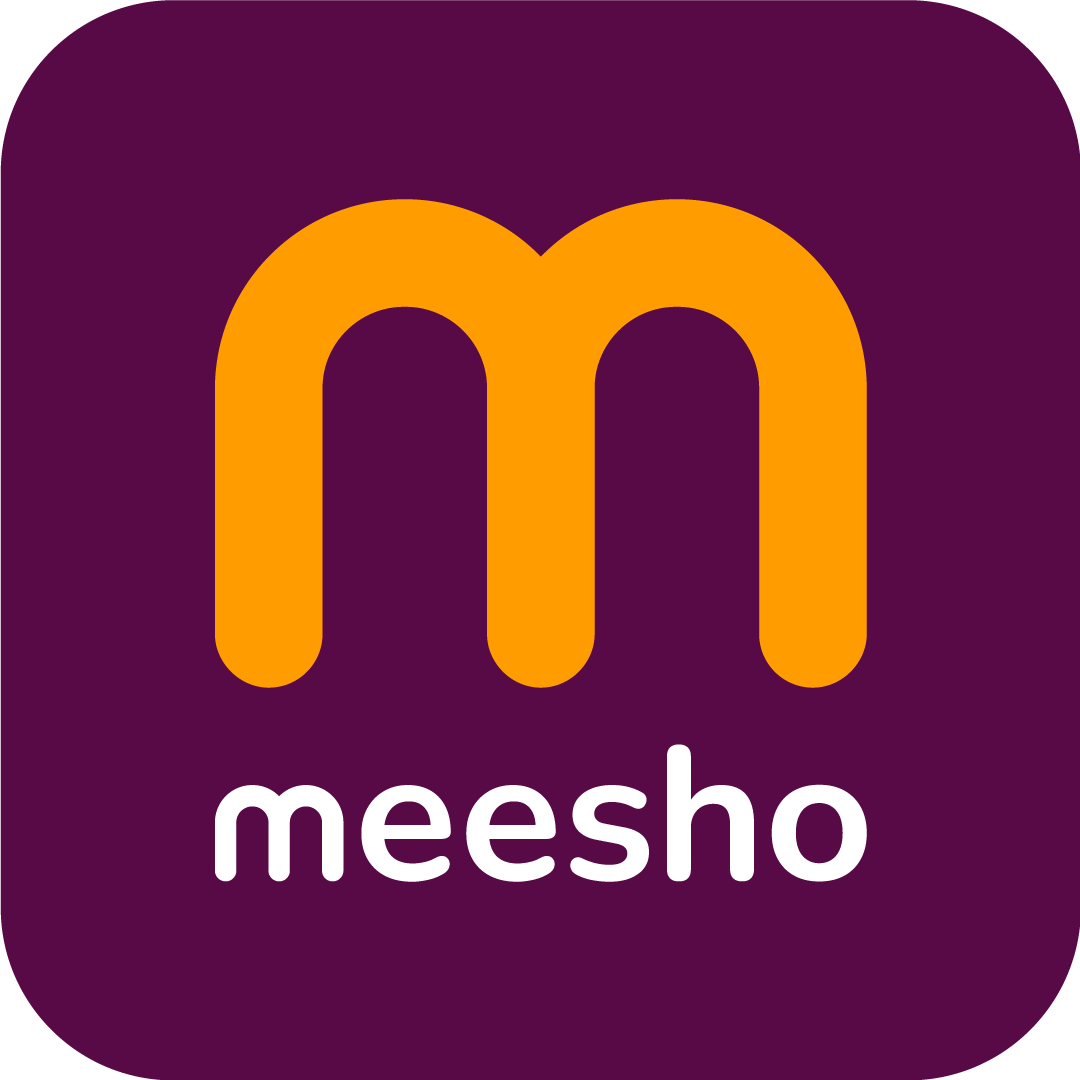The primary role of a Product Manager (PM) is to understand the needs of the users and build products accordingly. Understanding the users, their context, and their nuanced position socially, culturally, and economically, therefore, is of utmost importance.
Often, PMs of e-commerce platforms relate to the users and tap into their own experiences while building products... at Meesho, though, we are building for an audience we often don’t relate to. Our users mostly come from tier-2 and tier-3 cities and are often first-time online shoppers.
Hence, the Meesho Mantra User First is of utmost importance to us.
This mantra encourages all Meeshoites — not just PMs — to connect with our end customers and hear about their experience using the company’s products. This has also been turned into a ritual called Listen or Die (LoD) — either pay attention to the people you are serving or perish.
This ritual is so integral to Meesho and our values that even our leaders participate religiously. You can read about our CPO, Kirti Varun’s recent LoD experience here.
LoD also requires all new joinees to conduct “User Interviews” within the first month of joining. This exercise not only helps develop customer empathy but also a better understanding of the product that caters to their needs and develops features which are more likely to succeed. On average, I connect with 5-10 suppliers every 1-2 weeks across different cohorts - this helps in getting inputs on how to improve existing features or even develop new ones.
My first LOD experience
As a part of the supply charter, specifically the supplier acquisition team, my first LoD had me speaking to 10 suppliers who had recently registered on the Meesho platform. From my interactions with these suppliers, I learned that onboarding was a relatively smooth experience for them.
Save for certain challenges in down-the-funnel activities such as catalog upload, sales generation, returns and support, I was unable to elicit any significant concerns.
This could only mean 1 of 2 things:
We have a fantastic onboarding process (unlikely, as there is always scope for improvement)
or
I need to improve my interviewing skills (more likely 😅)
Retrospect
I only look after supplier acquisition, and at the time, I wasn’t all that clued in on the other funnel steps that are part of the supplier journey. One of the biggest reasons I didn’t get in-depth answers was that I potentially didn’t ask the right questions.
Today, I make an active effort to collaborate with other PMs and exchange our learnings with each other. You never know what information might come in handy when.
I further identified three major improvements as to how I could have improved my first round of LoD user interviews:
- Probed deeper: Even if users stated that they weren’t facing any issues, I should have probed deeper and reframed my questions to uncover new challenges and areas of improvement.
- Collated with other existing data: User interviews are not a panacea. It’s pertinent to combine the insights from user interviews with other sources such as surveys and behaviour analytics tools like Mixpanel to develop a holistic picture.
- Recognised that users often do not have solutions to their problems: Henry Ford famously said, “If I had asked people what they want, they would have said faster horses”. Thus we as PMs need to take their thoughts with a pinch of salt, prioritise their requirements and ultimately develop well-researched solutions.
The LoD program was a great learning experience for me, especially given Meesho’s unique target audience. I got to hear about user pain points and was also asked some hard questions about Meesho’s policies, compelling me to better my product and business understanding.
Today, I have a foolproof method of conducting User Interviews, and they start with this checklist:

Along with User Interviews, here are a couple of other communication channels that you can open with your users -
User Acceptance Testing or Usability Testing: This is the process of live recording the reactions, thought processes, questions, and challenges of a user as they go through your product. The main objective is to understand how intuitive the product is for the user.
User Survey: We recently used this method to identify the cause for the low adoption of the mobile + OTP login option we offered our suppliers as an alternative to the email + password login. We surveyed a group of older suppliers who told us the reasons for their lack of interest in adopting the new login method. It allowed us to identify valid use cases that the mobile + OTP login option serves and the best ways to publicise this update.
Want to know more about various Product Management practices that help us build the aptest products for our users? Come back to this space for our PM 101 series in the coming months.
Meanwhile, if you want to join a team of brilliant PMs passionate about building for Bharat, click here.
CREDIT:
Creatives: Rahul Prakash (LinkedIn, Portfolio)
Editor: Mangala Dilip
Guidance: Chetan Agarwal


